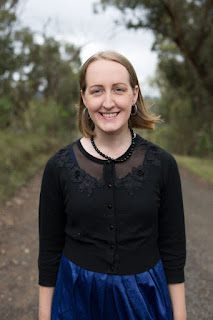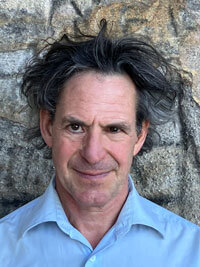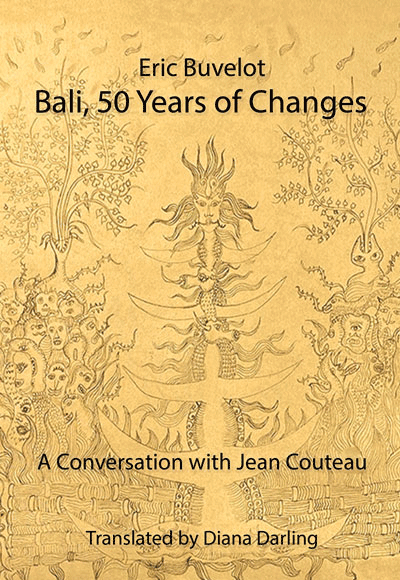Geoffrey Hebdon

Geoffrey Hebdon was born and brought up in Lancashire, England, in the heart and region of the cotton industry. After leaving college, having studied textile engineering, he embarked on the vocation of education, including lecturing, teaching and evangelical work. He and his wife Pauline lived and served in various parts of the United Kingdom, including Scotland, Yorkshire, Cheshire, Warwickshire, Northamptonshire, Cambridgeshire, Bedfordshire and Buckinghamshire.
After starting a family in the 1970s Geoffrey and Pauline decided to relocate to South Africa and for almost 30 years were based in Cape Town. While working there, Geoffrey, a dedicated educationalist, along with a business partner, decided to open a private academy with campuses in Bellville, the northern suburbs of Cape Town, and also in Central Cape Town with plans to open a third campus in the African township of Khayelitsha in the Western Cape, to offer career training courses, including business management, computers, travel and tourism, journalism, plus health and beauty. This private academy later expanded its offerings to the more disadvantaged students of southern and eastern Africa, with the help of the Department of Education plus generous private subsidies and sponsorships.
After semi-retiring in 2000, Geoffrey and Pauline relocated their family to the United States and lived in Salt Lake City, Utah, for eight years before moving to Los Angeles, where they are currently based. Geoffrey is still involved with research, reporting and writing.
Sample
from the Author’s Note and Introduction
For many centuries the outstanding landmark that dominates the skyline in the beautiful, peaceful countryside around the small village of Whitegate, in the ceremonial county of Cheshire, has been the impressive Vale Royal Abbey, which for most visitors to the area proved to be an enigma. When I was asked to write a comprehensive report on the history of Vale Royal Abbey and its occupants over the years, this presented an enormous personal challenge.
This book is about the intriguing history of Vale Royal Abbey, England, and is written from the vantage point of my first visit in the year 1946, up to the latest visits that I made during the years 1999 and 2000, at the invitation of the management of the current new owners of the estate. Being able to dig deep into the archives of some of England’s most famous institutions, museums and libraries, which revealed and uncovered such fascinating information and details about the County of Cheshire and more particularly the elegant, inspiring estate of Vale Royal Abbey, proved to be one of the most exciting endeavors I have ever undertaken.
With the assistance of a dedicated team of researchers and genealogists, I also cover in this ‘saga’, over eight generations of the well-known Cholmondeley family line associated with the Vale Royal Abbey in Cheshire, from 1615, when Lady Mary Cholmondeley bought the estate from the Holford family, which later was to become the home of the Lords’ Delamere; and up to the 1940s when the bankrupt estate, controlled by the mortgagees and subject to the rules and restrictions of the British Crown, was sold and disposed of to the present owners.


























IP (Interactive Publications Pty Ltd)
We Americans are always fascinated with English history and this writer brings life to the forgotten history of the County Palatine of Cheshire from the very first page of this new book. This narrative makes compelling reading right to the last page as we discover the untold story of the famous Vale Royal Abbey built in 1540 AD.
– Mimi Rossi, writer and entertainer, the Hollywood Professional Association